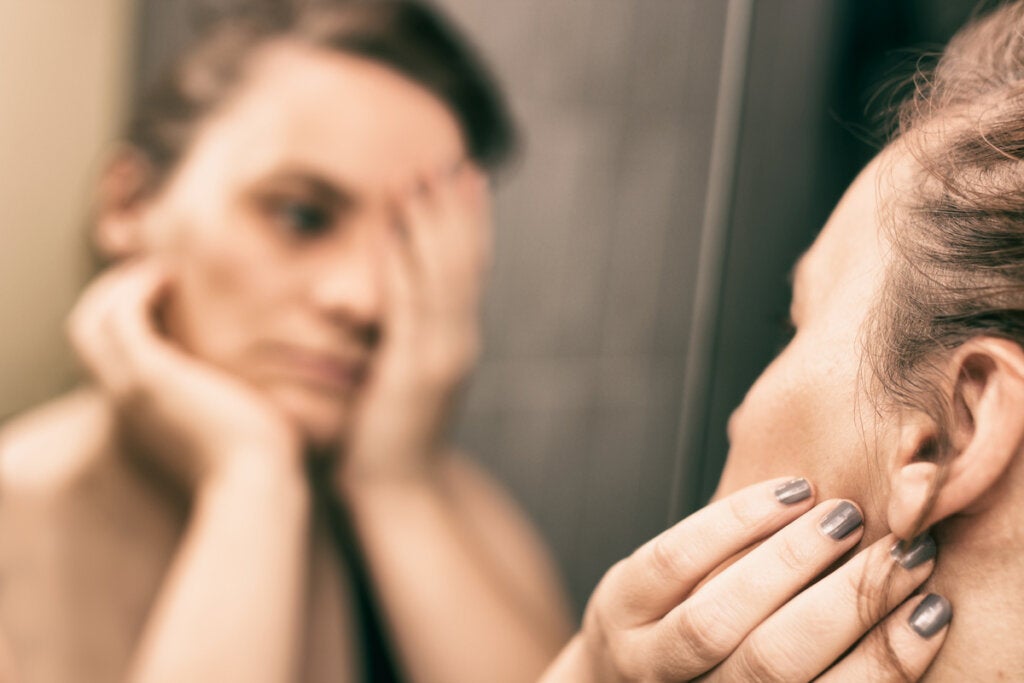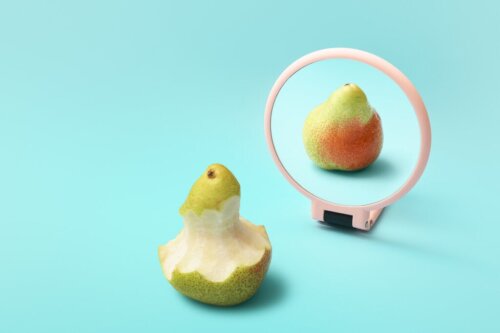In recent decades, the dominant aesthetic canon has given rise to a type of discrimination against fat bodies. It’s been given the name of fatphobia.
The obsession with the pursuit of beauty is nothing new. If the history of art has taught us anything about the aesthetic canon, it’s the fact that it’s both changeable and variable. From the Venuses of Willendorf and their voluptuous forms to the Graces with wide hips and pale skin that Rubens portrayed in the Renaissance, to the dangerously corseted bodies of Victorian women.
Since the appearance and popularization of the cinema and the mass media and the ease with which they reach a larger audience, the canon has been evolving with more intensity and variability. For example, there were the slim and rectilinear bodies of the crazy 20s. Then, there was a return to the curvilinear bodies of the femme fatale of film noir. This was followed by the boyish bodies of the Lolitas of the 50s and the extreme thinness of the catwalks of the 90s.
Then, we get to where we are today. Today’s canon, for women, is characterized by thinness and a flat stomach combined with volume in the lips, breasts, and buttocks. For men, the requirements are height, a muscular body, and a lean abdomen.
The inflexible idea of beauty: a breeding ground for discrimination
As a rule, social canons of beauty are rigid, inflexible, and uniform. There tends to be only one model and deviating from it can be, as in the case of obesity, a reason for discrimination.
This way of perceiving the body as something static, which doesn’t change, despite its age leaves no room for fat, wrinkles, gray hair, or pimples. In effect, it means excluding most of the people who live on our planet.
This uncompromising ideal of beauty affects our perception, both of ourselves and of others. Publicly, it affects our way of dressing, the situations in which we might feel that our physiques are being judged or exposed, and the relationships we establish between our bodies and other people or contexts. On a personal level, it can affect self-esteem and our relationships with clothes, food, and exercise.
The body positive movement seeks to make the beauty model more flexible, making room for all the different kinds of bodies and shapes there are. It doesn’t see beauty as being related to a ‘norm’. On the contrary, it accepts the fact that each and every one of us is unique. At the same time, it claims that we’re all entitled to enjoy the same rights as others, regardless of height, kilos, or color of our skin.
Fatphobia
Although it’s wrapped up as a health concern, this stigma goes beyond merely indicating a healthy body. In fact, fatphobia conditions the lives of sufferers and is present in a stealthy way in many moments in everyday life. Sometimes, it simply takes the form of a certain glance. At others, it might be a harmful comment dressed up as good advice. On the other hand, there are also times when it completely removes its diguise and appears as discrimination in the most basic and harmful way.
Discriminatory messages emerge from all directions. They might come from friends, families, advertising, health professionals, the media, social media, cinema, and the fashion industry. Like a drop of water that always falls in the same place, the first comments don’t hurt. However, the last ones hurt before they even fall. Day after day, more arrive. Although they may appear to be innocent or well-intentioned, in reality, they erode the self-esteem of those who are on the receiving end of them.
The wounds of this kind of discrimination can become entrenched in our lives. This means they produce great emotional pain every time someone else’s finger or even our own touches them. It’s the kind of pain that takes the form of shame, anxiety, difficulties in making decisions, and eating problems. When this happens, it’s time to review the kind of inflexibility that we’ve made our own. In fact, we need to learn to relate to our bodies, food, others, and ourselves in a more flexible and healthy way.
How to deal with the discomfort
Imagine that you’re enjoying a walk through the woods and, suddenly, out of the blue, someone pushes you into a nearby river. It wasn’t your fault. You didn’t choose for it to happen. Nevertheless, the fact is that, right now, you’re getting wet and it’s up to you to get out of the river.
Something similar happens with fatphobia and the discomfort generated by the aesthetic canon. We didn’t choose the current canon, nor the influence it’s had on us. However, we can choose the positions we adopt to relate to our discomfort. Furthermore, to what extent we’re going to let it interfere in our lives.
Some people see their life as completely paralyzed by negative thoughts and feelings about their bodies. In fact, they might even appropriate this discomfort and blame themselves for feeling it.
If you feel this way, you must understand it’s not your fault. Your body isn’t badly made. You don’t have to hide it or justify it. You haven’t made a mistake by living in the body you inhabit. As a matter of fact, if you’ve ever been discriminated against because of your weight and size, you must realize that it was completely unjust, not to mention painful.
It’s perfectly normal to feel that pain. That said, you must remember that, no matter what shape your body is, it’s thanks to it that you can enjoy life, feel pleasure and joy, get excited, laugh until you cry, love, and be loved. So, starting to look at yourself with self-compassion and being aware that there’s nothing wrong with your body is an important step you must take. It’ll help you learn to relate, both to yourself and to others.

Education, compassion, and respect
Ideas and thoughts take root so deeply that they can often be confused with reality. Without realizing it, you might be blindly walking along and not looking at the path of reality. Instead, you’re guided by your fears and thoughts, not your senses.
The aesthetic canon, fatphobia, and the importance of beauty are extremely deeply rooted at an individual and social level. Consequently, it’s this idea of beauty that motivates us on a daily basis, instead of reality.
A good exercise to help you relate to yourself and others is to work on the compassion you feel toward yourself and other people. Listen to the experiences of others and review your own. Stop and reflect on how these affect and restrict you. Talk to yourself as if you were talking to your best friend. Finally, treat others as you’d like to be treated yourself.
These thoughts and emotions guide the way you relate to yourself and your environment. The way in which you see beauty requires, for the good of your own health, that you adopt a wider and broader perspective.
Continuing to be ruled by a canon of beauty, identifying the value of a person by a number or size is reductionist, over-simplified, and harmful. The responsibility lies with all of us. Indeed, we must prevent fatphobia, body discrimination, and aesthetic violence from continuing to spread and affecting the quality of life of those who suffer from it.
The post Fatphobia Can Be Reduced With Compassion and Education appeared first on Exploring your mind.



















Comments